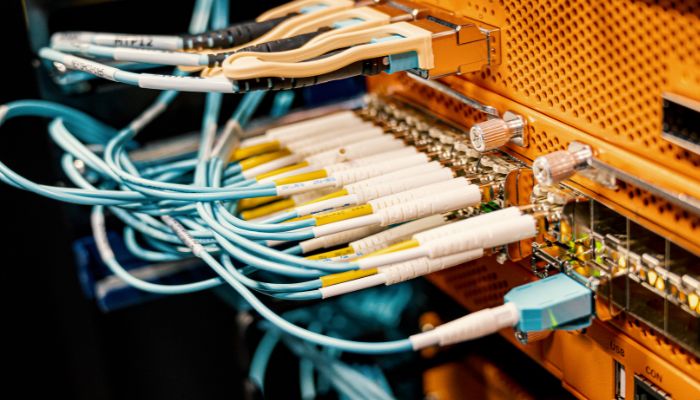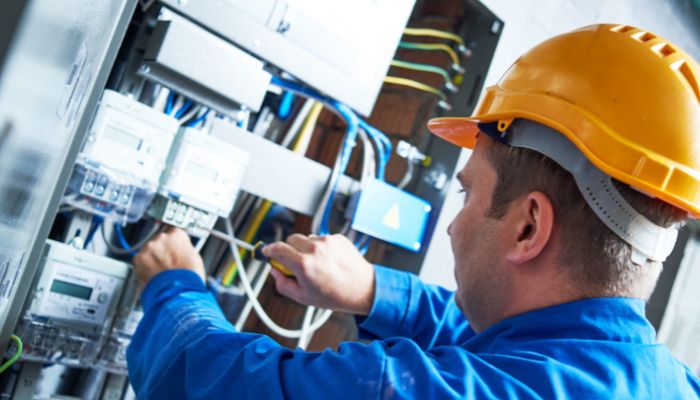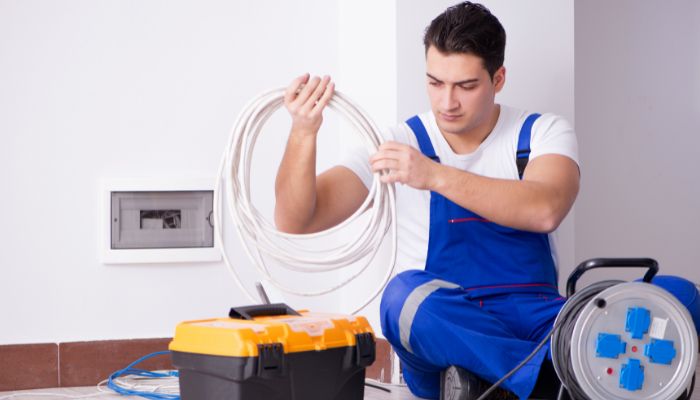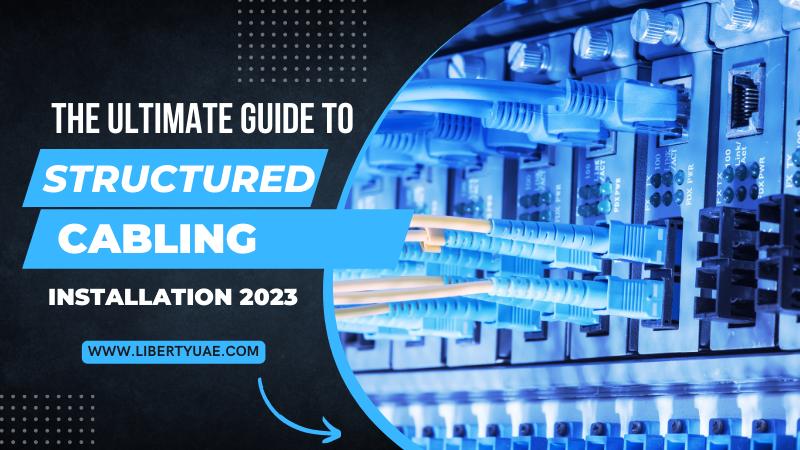The ultimate guide to structured cabling installation 2023 is going to be very beneficial for you. Structured cabling is the backbone of any modern communication system, providing a reliable and efficient means of transmitting data, voice, and video signals.
It is a standardized method of installing and maintaining cabling infrastructure in a building or campus. In this article, we will discuss the structured cabling installation, including what it is, tips for a successful installation, and common mistakes to avoid.
What is Structured Cabling?

Structured cabling is a systematic approach to designing, installing, and maintaining a multi-use cabling system. It is a highly organized and standardized method of cabling that is designed to support multiple voice, data, and video applications.
Structured cabling systems include a variety of components, such as cables, connectors, patch panels, and racks, that work together to transmit signals throughout a building. The most common type of structured cabling system is the hierarchical network topology or network cabling, which consists of three levels: the core, distribution, and work area.
The core level is the backbone of the system, connecting all the distribution points within a building. The distribution level connects the core to the work area, while the work area is where the end-user devices, such as computers and phones, are connected.
Suggestions For Successful Structured Cabling Installation:

1. Plan Ahead
The key to a successful structured cabling installation is proper planning. Before beginning the installation, it is crucial to understand the requirements of the building and the types of applications that will be supported.
This will help determine the number of cables and the type of cabling that will be required. It is also important to consider the future growth of the building and the potential need for additional cabling.
2. Use The Right Equipment
Using the right equipment is essential for a successful structured cabling installation. This includes cables, connectors, patch panels, and racks that are designed to meet industry standards and are compatible with the applications that will be supported.
Using the wrong equipment can lead to signal loss, increased attenuation, and other issues that can negatively impact the performance of the cabling system.
3. Follow Industry Standards
Structured cabling is based on industry standards, such as TIA/EIA and ISO/IEC. It is important to follow these standards when installing a structured cabling system to ensure compatibility with other systems and devices. This includes adhering to guidelines for cable and connector types, labeling, and testing.
4. Test And Document
After the installation is finished, it is crucial to test the cabling system to ensure that it meets industry standards and performs as expected. This includes testing for continuity, attenuation, and crosstalk.
It is also important to document the installation, including the type of cabling used, the number of cables, and the location of the cables. This will make it more comfortable to troubleshoot and strengthen the system in the future.
Structured Cabling Installation Mistakes to Avoid:

1. Not Planning Ahead
One of the most ordinary mistakes in structured cabling installation is not planning ahead. Without proper planning, it is easy to overlook important details, such as the number of cables needed or the location of the cables. This can lead to uncertainties and more costs down the road.
2. Not Using The Right Equipment
Another common error is not using the right equipment. Using the wrong type of cable or connector can lead to signal loss and other issues that can negatively impact the performance of the cabling system. It is important to use equipment that meets industry standards and is compatible with the applications that will be supported.
3. Not Following Industry Standards
Not following industry standards is another mistake that can lead to problems with a structured cabling installation. Industry standards, such as TIA/EIA and ISO/IEC, provide guidelines for cable and connector types, labeling, and testing.
These standards are in place to ensure compatibility and reliability. Not following them can result in issues such as signal loss, increased attenuation, and difficulty troubleshooting and maintaining the system.
4. Not Testing And Documenting
Testing and documenting the installation is a vital step that is often neglected. Testing the cabling system to ensure it meets industry standards and performs as expected is crucial for identifying and resolving any issues that may arise.
Additionally, proper documentation of the installation, including the type of cabling used, the number of cables, and the location of the cables, will make it easier to troubleshoot and maintain the system in the future.
5. Not Considering Future Growth
Another mistake is not considering the future growth and expansion of the building or campus. A structured cabling system must be able to adapt to the changing needs of a building or campus.
This means having the capability to add new cables, devices, or applications as needed. Not considering future growth when designing and installing structured cabling solutions can lead to additional costs and disruptions down the road.




.png)


